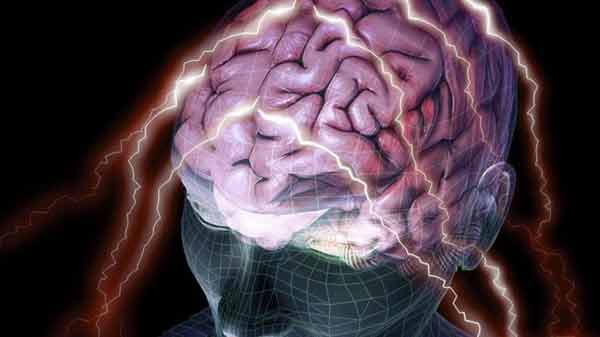
London, UK (BBN)-Our personality traits are linked to differences in the thickness and volume of various parts of our brains, an international study has suggested.
Those with thicker and less wrinkled outer layers of the brain tended to have more neurotic tendencies, the study of scans of 500 people found, reports BBC.
Open-minded people were more likely to have thinner outer brain layers, it said.
Experts said the study, while worthy, was difficult to interpret.
'EXTRAVERSION AND AGREEABLENESS'
Published in the journal Social Cognitive and Affective Neuroscience, the study by scientists from the UK, US and Italy looked in detail at the brain scans of 500 young, healthy volunteers.
The volunteers also filled in questionnaires designed to assess five personality traits - neuroticism (how moody a person is), extraversion (how enthusiastic a person is), openness (how open-minded a person is), agreeableness and conscientiousness.
They found the different traits were linked to differences in the thickness of the cortex (the outer layer of the brain), how folded the cortex was and the overall volume of the brain.
Researcher Dr Luca Passamonti from Cambridge University said the research could help them understand more about mental health over time.
He added: "Linking how brain structure is related to basic personality traits is a crucial step to improving our understanding of the link between the brain morphology and particular mood, cognitive or behavioural disorders.
"We also need to have a better understanding of the relation between brain structure and function in healthy people to figure out what is different in people with neuropsychiatric disorders."
'HOW NERVES CONNECT'
The scientists acknowledged more research was needed to firm up their conclusions.
Michael Anderson, an associate professor of psychology at Franklin and Marshall College, said the study was difficult to interpret, although it was "carefully done, using well-controlled methods."
He said: "Most regions of the brain are associated with multiple cognitive and behavioural functions, so it can be difficult to say with any confidence which functions are relevant to these particular associations."
He added: "Brain function is less a matter of the number of nerve cells being used or the amount of brain tissue being used and more about how nerves connect to each other - which is not investigated in this study."
BBN/SK/AD